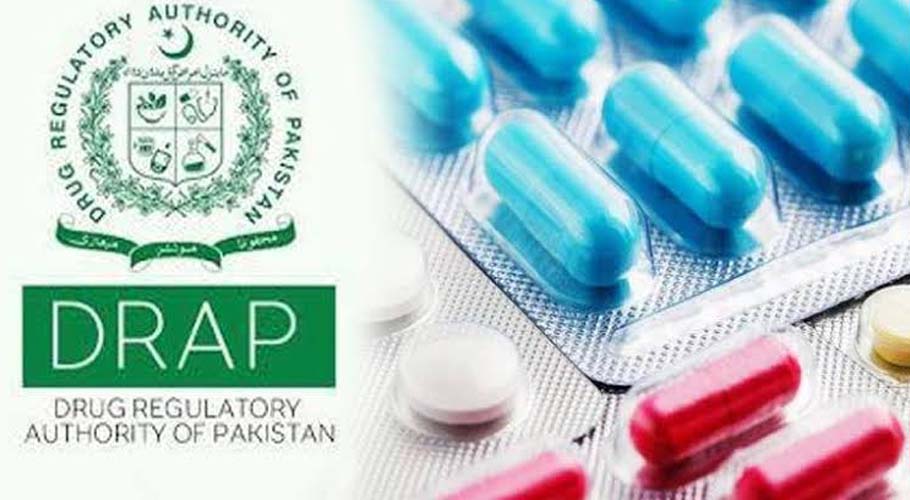The new article highlights certain specific aspects related to the recalls the parties responsible for medical devices should initiate once it is identified that such products may pose risks to public health.

Table of content
The Drug Regulatory Authority of Pakistan (DRAP), the country’s regulatory agency in healthcare products, has published a guidance document dedicated to recall procedures to be followed concerning healthcare products placed on the country’s market.
The document provides an overview of the applicable regulatory requirements, as well as additional clarifications and recommendations to be taken into consideration by medical device manufacturers and other parties involved to ensure compliance to them.
The authority also reserves the right to make changes to the document and recommendations provided therein, should such changes be reasonably necessary to reflect corresponding amendments to the underlying legislation.
Introduction
The present document constitutes a structured overview of the procedures for evaluating recall effectiveness, implementing follow-up actions, and concluding recall processes.
The guidelines are vitally important for ensuring that recalled products are efficiently removed from the market, preventing any potential harm to consumers.
The foundation of these procedures is based on internationally recognized standards and regulations, including but not limited to the Drugs (Licensing Registering and Advertising) Rules, 1976, and recommendations from the World Health Organization (WHO).

Evaluation of Recall Effectiveness
The scope of the guidance covers, among other things, the aspects related to evaluating recall effectiveness.
Objective and Responsibility
As explained by the authority, the primary objective of recall effectiveness evaluation is to ascertain that all recipients at the defined recall depth have been duly notified and have taken the necessary steps to remove the defective product from distribution and use.
It is essential to mention that the burden of conducting these effectiveness checks is with the recalling firm, which must include the outcomes in a comprehensive final report to the Drug Regulatory Authority of Pakistan.
DRAP’s Oversight
In addition to the internal checks by the recalling firm, DRAP, independently or via its field offices, reserves the right to contact the firm’s clients to ensure compliance and proper execution of recall responsibilities.
Should DRAP find the recall efforts lacking, it will mandate the recalling firm to enhance its notification efforts or take additional corrective measures.
Follow-Up Actions
The authority also provides additional clarifications concerning follow-up actions to be conducted by the parties involved to ensure the actual effectiveness of a recall.
Monitoring and Quarantine
In particular, it is crucial to monitor the recall’s progress post-recall to ensure its effectiveness. The recalled products are to be quarantined and securely stored under stringent conditions until a final decision on their fate is reached.
It is essential to mention that recalled products should be duly separated to prevent unintentional mix-ups with the proper ones.
Investigation and CAPA
An investigation into the recalled products will be carried out to pinpoint the root cause of the defect. This involves a thorough inspection of the products, sampling for analysis, and an impact assessment on potentially affected batches.
If raw materials are implicated in the quality issue, their traceability across affected products must be established. The investigation’s findings will inform the corrective and preventive actions (CAPA) to mitigate future risks.
Reporting and Disposition
The QA Head or designated representative must compile an investigation report, detailing the CAPA and a plan for the safe disposition of the recalled products, in compliance with the licensee’s SOPs.
The destruction or other disposition actions are to be executed under the supervision of a DRAP-appointed Drug Inspector or designated team.
Recall Closure
The document also provides an overview of the relevant procedures for a recall closure upon completion.
Criteria for Termination
By the applicable legislation, a recall is deemed concluded when it is determined that all reasonable measures have been taken to rectify or remove the product in line with the established recall strategy.
This includes ensuring that the product has been effectively removed from the market and any necessary corrections have been made, particularly concerning the product’s hazard level.
Formal Notification
The formal termination of a recall will be communicated in writing by the QA< Division of DRAP to the recalling firm, signifying the completion of the recall process.
Conclusion
In summary, the outlined procedures and guidelines for recall evaluation, follow-up actions, and closure are designed to safeguard public health by promptly and effectively removing defective products from the market.
These guidelines are based on multiple sources, including international best practices and regulatory standards, to provide a comprehensive framework for managing product recalls in the pharmaceutical industry.
How Can RegDesk Help?
RegDesk is an AI-powered Regulatory Information Management System (RIMS) designed to simplify global compliance for medical device companies. With regulatory intelligence covering 120+ markets, RegDesk helps you prepare and publish global submissions, manage standards, conduct impact assessments, and stay ahead of regulatory changes all from a single, centralized platform. Expanding into new markets has never been easier.

